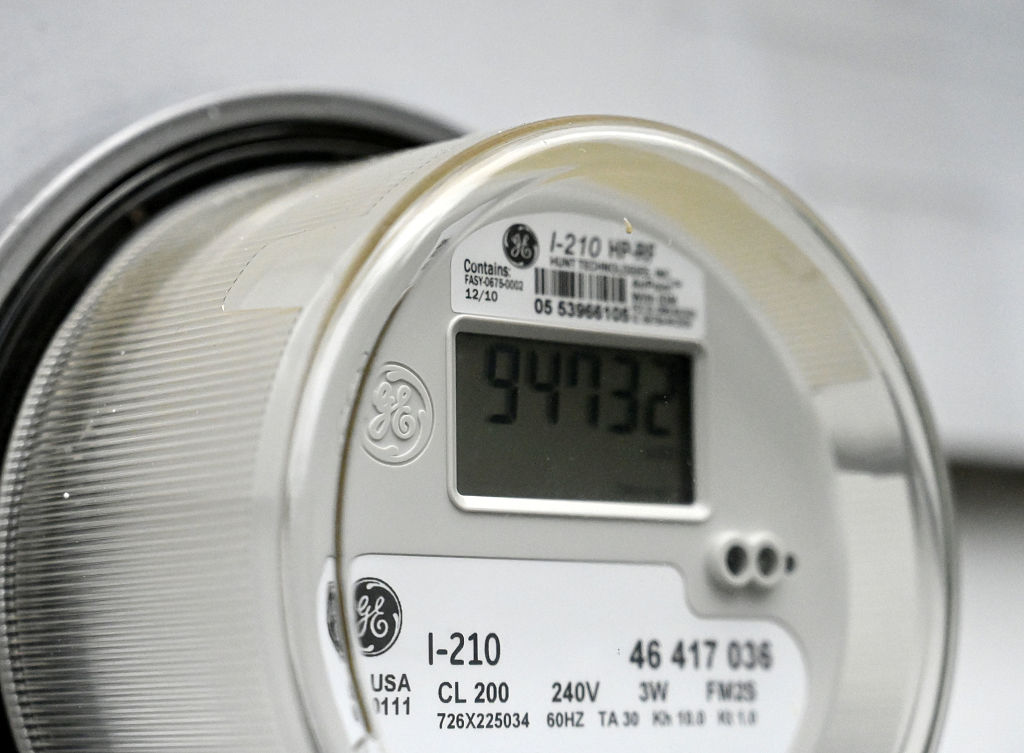Earlier this month, I traveled to Georgia to explore the political backlash to skyrocketing electricity bills. Across the state, from metro Atlanta to rural communities, I met Georgians frustrated by rate increase after rate increase. I also met renegade politicians and activists who hope to turn the challenge into a full-throated issue at the ballot box.
[time-brightcove not-tgx=”true”]
As I wrote in a TIME feature this week, this political heat poses a significant threat to the build out of new power infrastructure in the U.S.—and, in turn, the expansion of the data centers needed for AI. It’s also an indicator of what may be the most significant shift to the narrative driving climate action. For decades, climate advocates have tried to make rising global temperatures—and the fossil-fueled energy system that causes it—resonate with everyday Americans with mixed results. For perhaps the first time, many Americans are beginning to encounter that system directly.
In this environment, it remains to be seen whether clean energy advocates can harness the moment to advance a new climate agenda—or whether consternation about electricity bills will result in a further reliance on fossil fuels.
Read more: The Backlash to High Electric Bills Could Transform U.S. Politics
It feels fair to say that the American climate movement is a bit lost. The landmark U.S. climate law—once thought untouchable in many quarters because of the jobs the Inflation Reduction Act promised to create in Republican areas—has been dismantled. And, after years of declining climate denial in mainstream discourse, the U.S. federal government is engaged in a campaign to discredit climate science.
Environmental groups have been forced to lay off employees as funders have closed their wallets. Some nonprofit leaders have explained the pullback as philanthropists caving to President Trump. While that may be true in some instances, many funders tell me that after such struggles they are just unsure what climate work will actually move the needle.
Over the summer, a new narrative has started to emerge: energy affordability.
It would be pretty hard to contest that the energy affordability issue lands with the public. The cost of goods is rising economy-wide, but the spike in the price of electricity in recent years has outpaced inflation. And analysts say that we’re really just at the beginning as demand grows, particularly for data centers, while power supply struggles to keep up. Polling from PowerLines, a nonprofit pushing for wider recognition of utility regulation, found that 73% of Americans are concerned about rising utility costs. A separate 2024 survey from consulting firm EY found that two-thirds of Americans could not afford a 10% increase in their energy costs.
And affordability measures often align with climate ambitions. Right now, utilities and power companies are planning to build a lot of gas to meet demand. In some places, that cost will get passed to consumers directly. That new gas may be needed in some cases to keep the grid reliable, but in others it may not be. Clean power projects—particularly those that are already well along in their development—can alleviate price pressure on the grid. The subsidies in the now dismantled Inflation Reduction Act only cut those costs further. A focus on affordability would also push utilities to think more carefully about energy efficiency and other methods of squeezing more out of the grid as it exists today. RMI, a nonprofit that works on clean energy solutions, found that 95% of future demand over the next decade can be met with clean solutions like advanced transmission and efficiency measures.
In Georgia, I met with Peter Hubbard, a solar developer who is running a statewide race to serve on the Public Service Commission, which regulates the state’s electricity sector. Hubbard is deeply invested in the climate issue, but has grown accustomed to allowing affordability to serve as the vector for emissions reduction. “I have to kind of focus on what brings voters out,” he told me. “It just depends on the audience, if it’s the right audience, I talk about climate change, but it’s along for the ride.”
To get this story in your inbox, subscribe to the TIME CO2 Leadership Report newsletter here.

